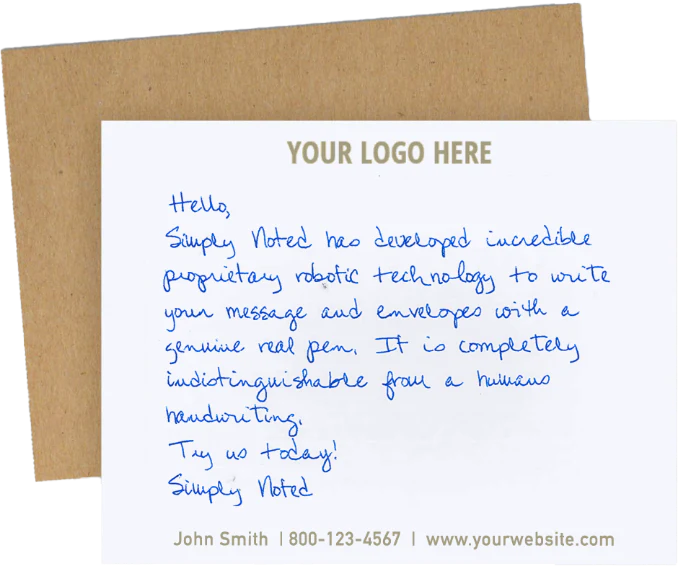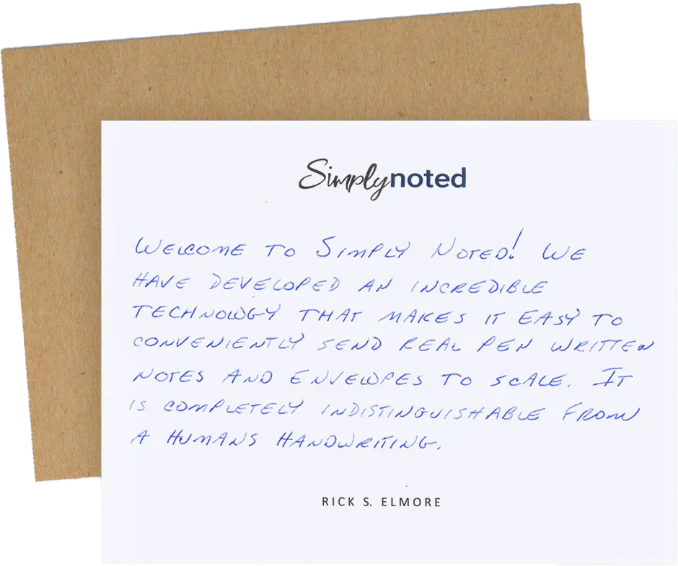How Modern Technology Helps the Elderly

The older we get, the more difficult life becomes. Things we took for granted suddenly feel out of our reach. The desires and dreams that drove us when we were younger are still there, but our bodies have a tougher time realizing them. Without help, older individuals may begin to drift away from the things they love. Isolation becomes a persistent problem, with extreme cases finding themselves entirely homebound and alone.
Thankfully, the same technology allowing people to live longer is also helping to improve their quality of life. It’s helping people stay connected when they would otherwise be locked away inside their homes. It’s improving function and keeping them safe. It’s providing eyes and ears to family members and other caretakers.
Aging is a fact of life that, as of yet, doesn’t have a technological solution. We all get old, no matter what. We can at least rest easy knowing that the technology to reduce the impacts of aging is growing in its abilities and its penetration. More people than ever before have the tools they need to live independently well into their golden years.
SEE ALSO: Why Handwritten Mail Is the Best Way to Make an Impact with Your Customers
TECHNOLOGY KEEPS OLDER PEOPLE CONNECTED
As people age, their vision, hearing, and reaction times all degrade. Eventually, these changes impact their ability to drive. When this occurs, they become dependent on other people to get around. People begin to feel trapped in their homes.
Apps like Uber make it simple for older individuals to get a ride. They can find a driver ready to take them to doctor’s appointments, family events, and run errands any time of day. Instead of calling a cab and waiting without feedback, these ride-sharing apps allow individuals to track precisely when their driver will arrive.
Technology helps keep family and friends close, too. Ubiquitous, easy-to-use video chat programs mean that even when older people can’t travel, they don’t have to miss out on keeping up with family and friends. They can be a part of life outside of their homes, even when they can’t leave the confines of its walls.

TECHNOLOGY HELPS WITH SELF-EXPRESSION
When discussing technological solutions to self-expression challenges, email and text messages are the obvious conversation points. However, many older people either don’t like email and texts, they don’t know how to use them, or both. They can learn, certainly, but many are never entirely comfortable.
Many older people prefer the written word — they value handwritten letters and cards over digital texts. But arthritis, muscular issues, and other degenerative conditions can reduce an older person’s writing ability. Until recently, their only option was to ask someone else to write cards and letters for them or sadly abandon the written word. Today, they have Simply Noted.
Our handwriting machines use AI-driven smart fonts and real ballpoint pens to create handwritten cards indistinguishable from the real thing. And, much to their relief, older people don’t need to learn a complicated program to take advantage of the service. Our website makes ordering automated, handwritten cards easy. We can even replicate a person’s handwriting, giving them a new outlet for handwritten self-expression.
TECHNOLOGY KEEPS THE ELDERLY SAFE
Small, low-cost electronic devices are enabling us to monitor the external world with increasing detail and efficiency. The Internet of Things (IoT) is a natural extension of electronic sensor miniaturization, and it can be leveraged to help caregivers keep tabs on their charges.
Using inexpensive components, the elderly can now outfit their homes with a web of interconnected devices, all tasked with alerting caregivers when things go awry. Motion-controlled, internet-connected cameras can help distant family members and nurses keep constant watch. With AI, these sensor systems can watch for falls, fires, and other dangerous situations and alert caregivers immediately.
Sensors on an individual’s body can pass critical health information, in real-time, to those dedicated to keeping them safe. If something should happen, instant, two-way communication is possible using embedded speakers and microphones. Should health monitors determine an emergency exists, they can automatically contact the relevant authorities, sending critical help quickly.
SEE ALSO: Why Robots Are the Better Choice for Handwritten Notes

TECHNOLOGY HELPS OLDER INDIVIDUALS STAY HEALTHY
Keeping older people healthy often requires intense collaboration between multiple doctors across a variety of specialties. Digital technology makes it easier than ever to share health data between providers. Patients now have digital files that can follow them throughout their health journeys. For the elderly, this is critical. They’re often on several different medications that could cause problems if not monitored.
Telemedicine is another boon for our aging population. With virtual doctor visits, older individuals can check in with their doctors more frequently. A simple question that might have required a lengthy, in-person visit can now be handled in minutes through a virtual appointment. More frequent communication guarantees a better standard of care.
Technology is also rapidly improving how we treat a variety of ailments. Conditions that were previously a death sentence are now treatable, and we’re replacing older therapies with safer, more effective treatments and drugs. These improvements will continue to accelerate as we learn more about aging and illness.
SEE ALSO: When You Should Send Out Cards
THE FUTURE OF TECHNOLOGY AND THE ELDERLY
The future offers fertile ground for improving and extending the lives of older individuals. One day, self-driving cars will return full autonomy to hundreds of millions of people. Cybernetics and genetics will allow doctors to replace failing organs and repair age-related damage. Falls and broken bones won’t be as concerning when we have the technology to keep people safely on their feet.
Technology in the future will mitigate the most devastating part of the aging process, too — mental decline. Gene therapies and other advanced ministrations will one day prevent and cure conditions like Alzheimer’s disease, palsies, and general dementia.
We’ll halt the signs of aging as well. In the far future, our bodies will likely house a fleet of nanobots traveling bloodstream, repelling invaders, fixing genetic damage, and reversing the aging process.
Technology may one day prevent aging entirely. Until then, we can satisfy ourselves with distanced communications, automated, handwritten messages, and medical interventions that never stop improving.























